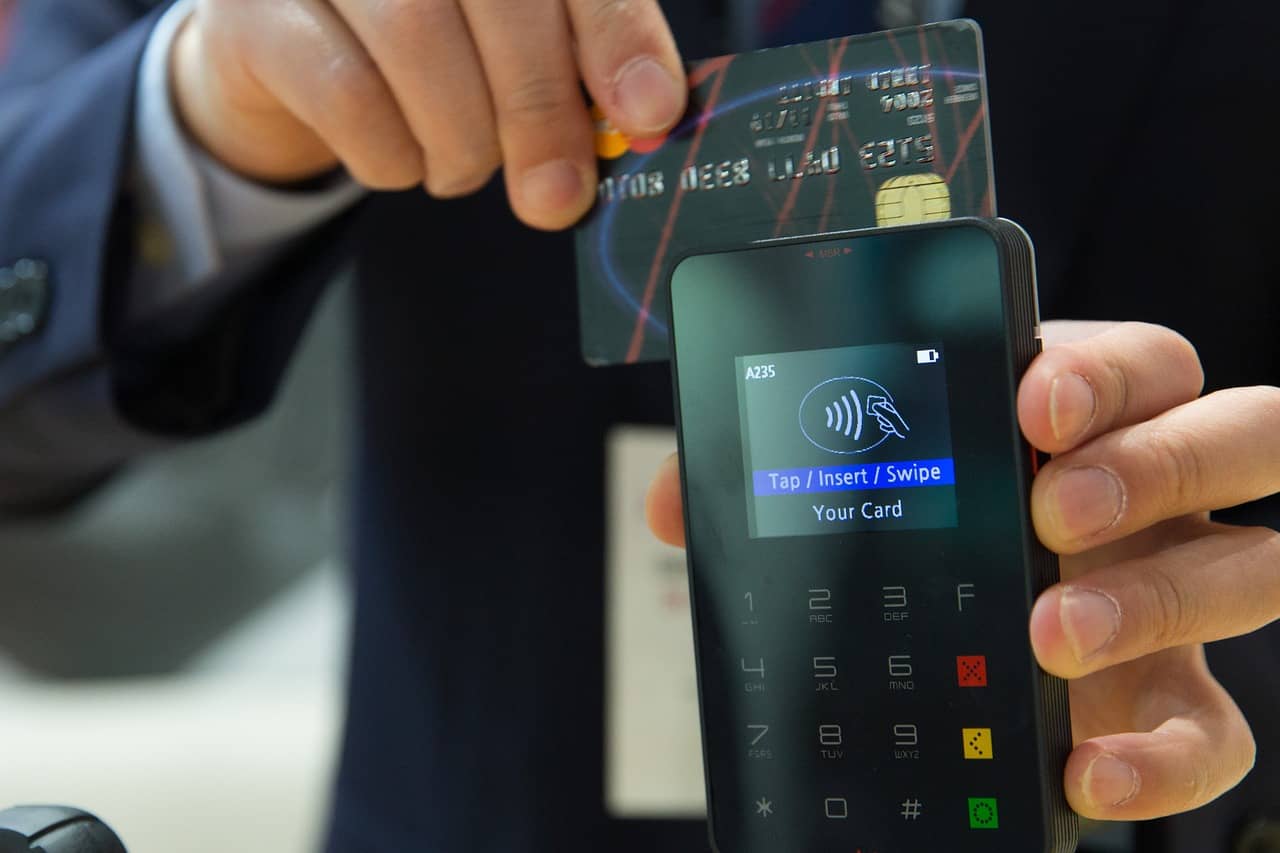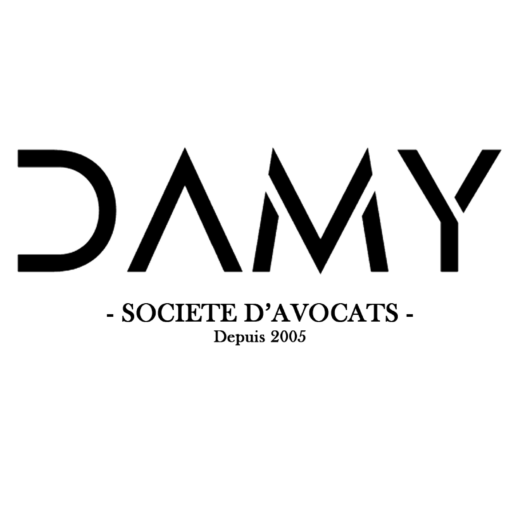Estimated reading time (in minutes)

Suspension of the direct debit Do you wish to suspend a direct debit? Several situations can be considered, we take stock.
Opposition to a single payment
Direct debit is a direct and definitive method of payment by which you give a dual mandate to the creditor and to your bank: the creditor has the authorization to withdraw sums from your account on a recurring basis, and your bank can transfer these sums to creditor’s account. If you wish to oppose the payment of a single invoice (in the event of a dispute with a company for example), you must send a registered letter to the creditor and to your banker in which you will indicate that you oppose this specific payment.
To change payment method
suspension of the direct debit If you wish to change the method of payment and abandon the direct debit, you must send a registered letter to your bank and to the creditor indicating very precisely that you are revoking the direct debit. In this case, do not forget to pay your invoice with another means of payment.
In the event of job loss
Even in the event of loss of employment or temporary financial difficulties, a levy continues. To stop it temporarily, you must negotiate a grace period with your bank and your creditor: payments will then be temporarily suspended – but will remain due – for a maximum of 24 months. This grace period can be obtained amicably or in court. However, the bank and the creditor can always refuse you this. In this case, you could be faced with payment refusals which will incur additional charges.
What if I’m still charged?
If you disputed an invoice and you are still debited, you must send a registered letter to the creditor to dispute the payment. If the dispute proves to be justified, the bank will recredit you with the amount withdrawn. Conversely, if it is not justified, but you still continue to contest it, you will have to initiate legal proceedings to obtain a refund.
DAMY law firm , Nice, How to suspend a direct debit?; 2022 Update
